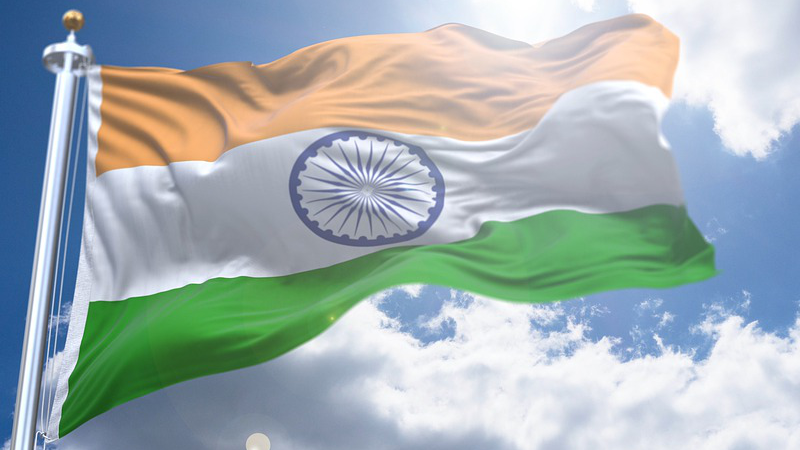India’s Misinformation Crisis: A Global Challenge with Local Contours
The World Economic Forum’s 2024 Global Risks Report has placed India at the forefront of the global misinformation and disinformation crisis, a troubling distinction that underscores the urgent need for comprehensive solutions. This alarming finding reflects the convergence of several factors, including rapid digital expansion, societal divisions, and a complex political landscape. With over 880 million internet users, India’s digital sphere is vast and susceptible to the spread of both misinformation (false information shared unintentionally) and disinformation (deliberately misleading content). The pervasiveness of these phenomena poses a grave threat to informed public discourse and democratic processes, impacting everything from public health to electoral integrity.
The sheer scale of the problem is amplified by India’s rapid digital transformation. While access to the internet has exploded, digital literacy has lagged behind, leaving many vulnerable to online manipulation. Millions of first-time internet users, often reliant on social media platforms like WhatsApp, Facebook, and YouTube as primary news sources, lack the critical thinking skills to discern credible information from fabricated content. This digital divide creates fertile ground for the spread of false narratives, as demonstrated by the rapid dissemination of COVID-19 misinformation and the tragic instances of mob violence triggered by online rumors. The 2018 incidents involving false accusations of child kidnappings, leading to over 30 deaths, serve as a chilling reminder of the real-world consequences of online misinformation.
India’s deeply polarized political climate further exacerbates the issue. The media landscape is increasingly fragmented, with partisan narratives often overshadowing factual reporting. Political parties have embraced sophisticated digital strategies, employing coordinated campaigns to disseminate manipulated videos, fabricated quotes, and targeted disinformation, often exploiting existing religious and caste-based tensions. The 2019 general elections and the 2020 Delhi riots provide stark examples of how misinformation can inflame societal divisions and incite violence. This intersection of online falsehoods and offline tensions poses a unique challenge to India’s social fabric.
The effectiveness of misinformation campaigns in India is also rooted in universal psychological vulnerabilities. Confirmation bias, the tendency to accept information that aligns with pre-existing beliefs, and the illusory truth effect, which makes repeated claims seem more credible regardless of their veracity, play significant roles in shaping public perception. In a diverse society like India, where identity is closely tied to religion, caste, and regional affiliations, these biases are amplified, creating echo chambers where misinformation thrives and fact-checking struggles to penetrate. Marginalised communities, including Muslims, Dalits, and tribal populations, are particularly vulnerable, often targeted by disinformation campaigns that perpetuate harmful stereotypes and incite hostility.
Efforts to counter the misinformation epidemic in India have yielded mixed results. Fact-checking organizations like Alt News and Boom Live play a critical role in debunking false narratives, but their reach is often limited to urban, English-speaking audiences. Social media platforms have implemented measures such as message forwarding restrictions and content labeling, but these efforts often struggle to keep pace with the constantly evolving tactics of misinformation actors. The Indian government’s regulatory approach, including the Information Technology Rules of 2021, has been criticized for potentially stifling free speech while providing broad powers to authorities. Balancing the need to combat harmful content with the protection of fundamental rights remains a significant challenge.
Addressing India’s misinformation crisis requires a multifaceted, long-term strategy that acknowledges both global trends and local nuances. Crucially, digital literacy must be integrated into education curricula at all levels, empowering individuals with the critical thinking skills to navigate the complex online information ecosystem. Community-based initiatives, like the "Digital Sathi" program, which trains volunteers to identify and counter misinformation within their communities, hold promise for scaling awareness and fostering local ownership of solutions. Technology companies must invest in regionally specific content moderation systems that account for India’s linguistic diversity. Current English-centric approaches fail to address the vast amount of misinformation circulating in other languages. Collaboration between government, civil society, media organizations, and tech platforms is essential to create a robust and effective response.
The WEF report’s identification of India as a leading nation in misinformation prevalence is not merely a national issue but a reflection of a global challenge. India’s experience, exacerbated by its large population and rapid digital adoption, offers valuable lessons for the world. It highlights how algorithmic amplification, political polarization, and psychological vulnerabilities interact with specific cultural and historical contexts to create a fertile ground for misinformation. Technological fixes alone cannot address what is fundamentally a social and political problem. The path forward requires a concerted effort to foster media literacy, promote critical thinking, and strengthen democratic institutions. India’s struggle with misinformation serves as a powerful reminder that the promise of digital connection must be balanced by a steadfast commitment to factual integrity and informed citizenship. Combating this challenge demands a global effort that recognizes the interconnected nature of online information ecosystems and the shared responsibility to safeguard the integrity of public discourse.


